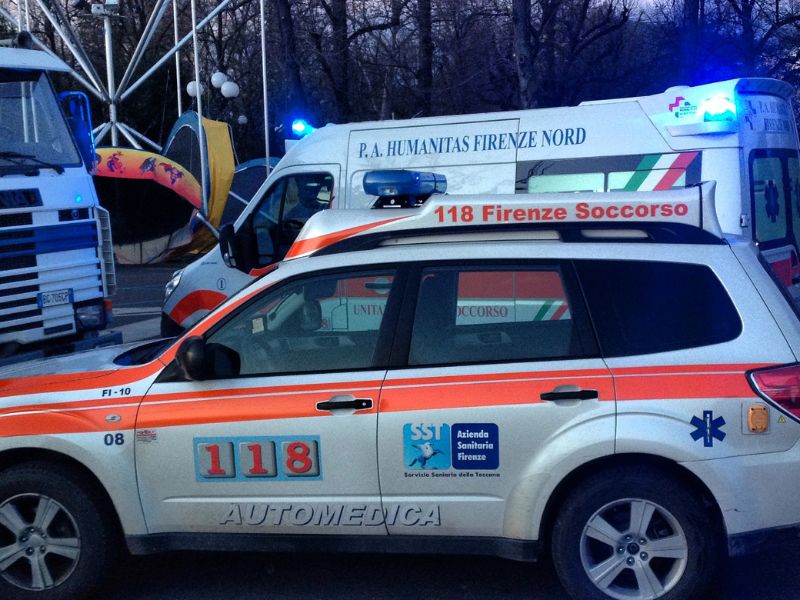
From Birth to Modernization of Emergency Services
Introduction
The Italian territorial emergency service, known simply as “118,” has revolutionized the management of healthcare emergencies in Italy. Its development and evolution reflect a radical shift in emergency management, from the era of basic ambulances to technological modernization.
The Revolution of 118
The true revolution in emergency assistance in Italy began in the late 1970s and early 1990s with the establishment of the 118 service. Before the 1990s, calling for help in a medical emergency was not straightforward. One had to know the telephone number of the ambulance service, which was different for each city or town. There was no coordination or territorial operational center. The “scoop and run” culture meant that patients had to be rapidly transported to the nearest hospital, often without any on-site stabilization or diagnostic assessment.
The Bologna Revolution and the Emergence of 118
The Italian birthplace of a new culture of assistance was the city of Bologna. In the late 1960s, the Center for Emergency Health Services (CePIS) was established, primarily involved in patient transport from one hospital to another. Catastrophic events such as the Italicus train bombing and the Freccia della Laguna disaster exposed the weaknesses of the emergency response system and triggered the reform process of emergency services, with the Bologna area as the tragic epicenter. In 1979, the organizational direction of CePIS was entrusted to Marco Vigna, who, in collaboration with Dr. Lino Nardozzi, initiated a true cultural and organizational revolution.
Bologna Soccorso and the Emergence of the Number 118
Bologna Soccorso demonstrated great professionalism on various occasions, including the Rapido 904 train bombing. The system created in Bologna proved to be effective, enabling rapid and efficient rescue operations. In 1990, with the FIFA World Cup held in Italy, Bologna Soccorso took another step forward in modernizing healthcare emergencies. Based on a contract between the telecommunications company Sip and the Ministry of Health, the number 118 was activated in Bologna as the single emergency number for healthcare emergencies.
Conclusion
The Italian territorial emergency service 118 represents a national asset, serving as a lifeline for the country. The necessary reform today must standardize the work of 118 personnel and ensure proper recognition of all professional figures (doctors, nurses, rescuers) that form the foundation of the stability and professionalism of the Italian 118 service.
Sources


